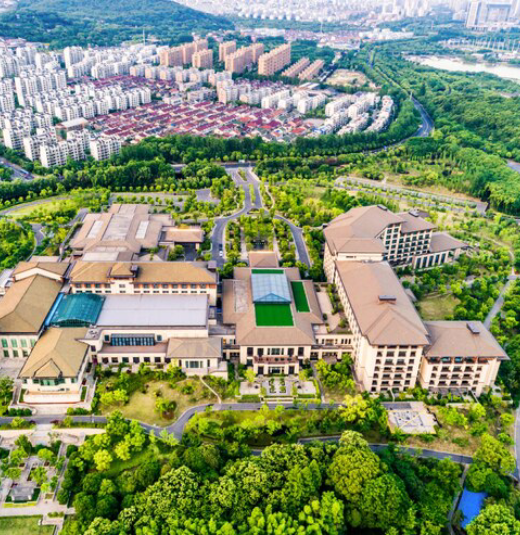Burmsille Street, MN 55337,
United States

Land development refers to the process of preparing and transforming raw land into a more valuable form by making improvements and changes. This process involves various activities to make the land suitable for a specific purpose, such as residential, commercial, industrial, or recreational use.
Before starting any land development project, a feasibility study is often conducted to assess the viability and potential returns on investment. This study considers factors such as market demand, zoning regulations, environmental impact, and infrastructure requirements.
Understanding and complying with local zoning regulations and obtaining the necessary permits are crucial steps in the land development process. Zoning regulations dictate how land can be used and what types of structures can be built.
Land surveying is essential to determine property boundaries, topography, and other relevant characteristics. This information helps in the planning and design phase.
Architects and engineers work on the design and planning of the development. This includes designing roads, utilities, drainage systems, and plotting out spaces for buildings or amenities.
Developing essential infrastructure, such as roads, water supply, sewage systems, and utilities, is a critical part of land development. These elements make the land suitable for habitation or commercial use.
Assessing and mitigating environmental impacts is essential in land development. This includes addressing concerns related to soil quality, wildlife habitats, and water sources.
Once the planning and approvals are in place, the actual construction of buildings and infrastructure takes place. This phase involves coordinating various contractors and ensuring that the development adheres to the approved plans.
After the development is complete, the properties are typically marketed and sold or leased. This involves understanding the target market, setting prices, and implementing a sales strategy.